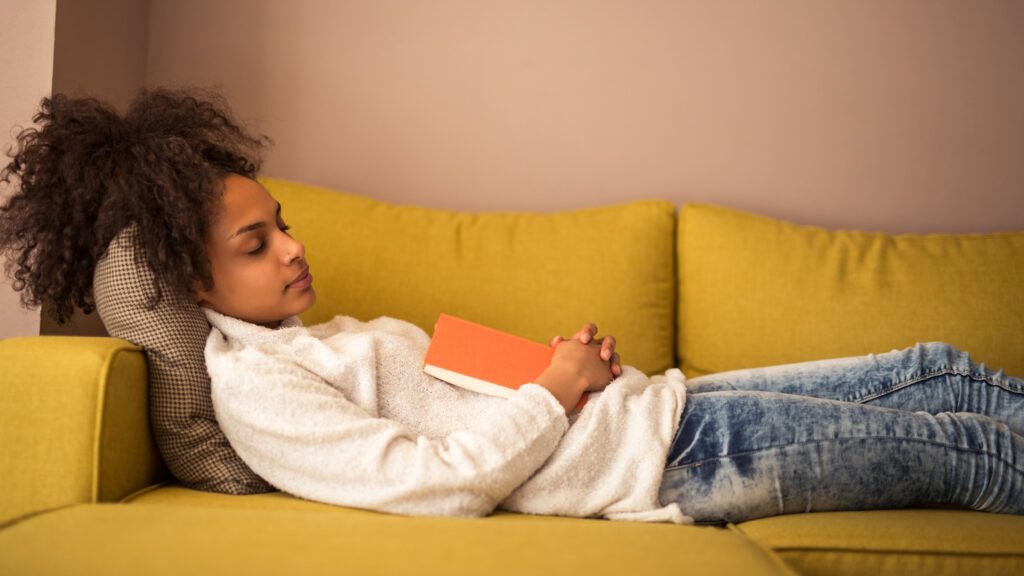The poet William Wordsworth penned a beautiful verse called, “Rest and Be Thankful,” which offers a vivid image of how rest can take many forms. In the poem, he entreats us not to forget that:
As the fowl can keep
Absolute stillness, poised aloft in air,
And fishes front, unmoved, the torrent’s sweep—
So may the soul, through powers that faith bestows,
Win rest, and ease, and peace, with bliss that angels
share.
There are many types of rest—and we need all of them to be our best, most positive selves. Consider whether you’re getting enough of these three rest categories:
1) Sleep
This is the obvious first—and arguably most important—type of rest we need to get regularly. The Centers for Disease Control and Prevention recommends at least 7 hours of nightly sleep for adults over age 18, and recommends healthy sleep hygiene habits including consistent bed and wake times, avoiding heavy meals close to bedtime, removing electronic devices—including televisions—from the bedroom and sleeping in cool, dark, quiet space.
2) Active Rest
When I visit my chiropractor with a twinge or ache in my back, he often recommends I focus on “active rest,” which means slow, deliberate movements, light exercise like gentle walking and good posture when sitting. In a broader sense, “active rest” also means taking time each day to engage in a fun activity, something that brings you pleasure, peace and rest from the “have-to” tasks that otherwise occupy your time. The wellness coach Kathryn Hogan writes, “Active rest is rest because it’s rejuvenating. And because without it, life will feel exhausting, even if you’re doing everything else right.”
3) Passive Rest
“Passive rest is when you’re quietly resting but still awake,” writes Hogan. This could mean sacking out on the couch with your eyes closed, relaxing in front of a favorite movie or funny TV show or sinking into a bubbly bath with a good book. Hogan offers this helpful guide to finding your passive resting state of choice: “If you’re not sure what your most satisfying passive rest would look like, ask yourself what would cause you to feel peaceful, at ease and to let out a big sigh of contentment.”
Are you getting these three types of rest on a regular basis? Which do you need to focus on to “win rest, and ease, and peace,” as Wordsworth inspiringly urges?





